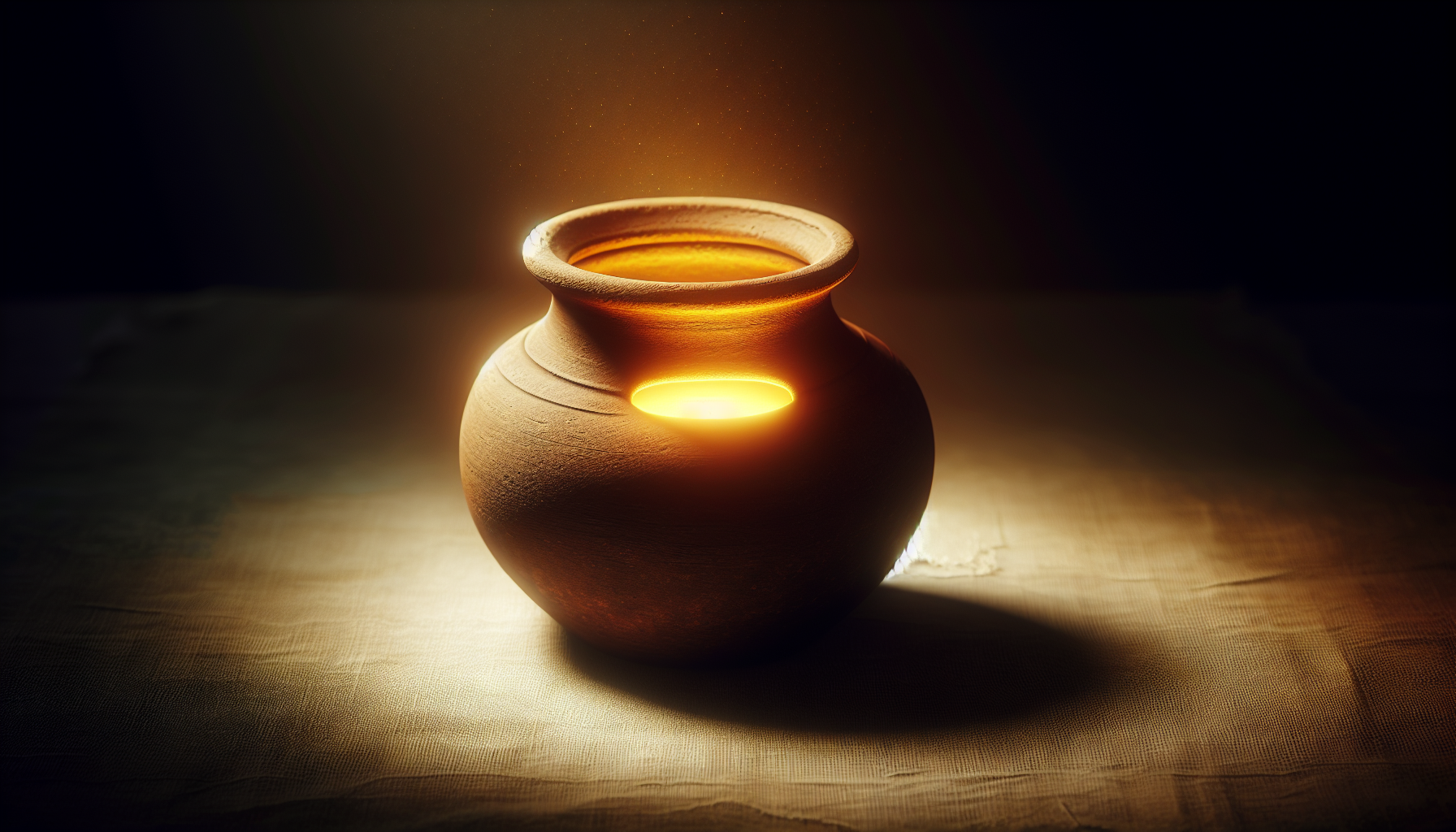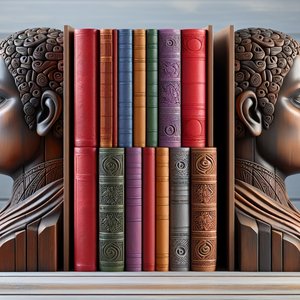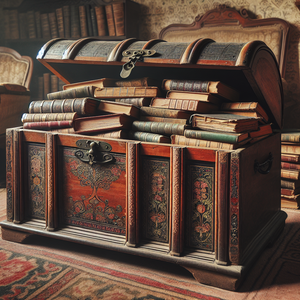A Day in the Life of a Junk Mail Curator

For most people, checking the mail is a mundane task. But for a junk mail curator, the mailbox is a daily source of excitement and possibility. Mornings often start with a trip to this humble receptacle, which the curator views not as a repository of trash but as a treasure chest waiting to be unlocked. With anticipation, the curator sifts through the day’s haul. Each piece of junk mail—be it a credit card offer, fast food coupon, or real estate flyer—is examined with care. The glossy car insurance ad might feature a bold sans-serif font that demands attention, while the furniture catalog could boast a minimalist design with muted tones and elegant serif fonts. A single piece of mail might evoke curiosity for its eccentric layout, unusual choice of color, or surprising font pairing. The sorting process begins right away. Items are categorized by typography: serif, sans-serif, decorative, and script fonts. But the organization doesn’t stop there. Some curators create subcategories, such as “nostalgic retro typefaces” or “modern experimental layouts.” This process is meticulous, as each piece must find its rightful place in the broader collection.
Midday: The Aesthetic Analysis
Once the morning’s mail is sorted, the curator dives into a deeper analysis of the aesthetic and emotional qualities of the pieces. This process is part art critique, part design study, and part personal reflection. The curator might examine why a particular font choice feels authoritative, playful, or luxurious. For instance, a luxury brand’s mailer might use a refined serif font with generous spacing and clean lines, intentionally exuding sophistication. Meanwhile, a fast-food coupon might employ bold, blocky letters in vibrant colors, creating a sense of urgency and excitement. Attention to detail is key in this stage. A certain curve in a letter might catch the curator’s eye, or the alignment of text along a diagonal might seem particularly inspired. Often, the curator will document these observations in a notebook or digital archive, creating a reference library of design principles and ideas. These notes are more than a record—they’re a map of trends in marketing and typography, as well as a source of creative inspiration.
Afternoon: Crafting a Collection
For junk mail curators, the act of curation is not just about collecting—it’s about storytelling and artistic expression. The afternoon is often dedicated to assembling pieces into cohesive collections or creating entirely new works of art. Some curators prefer to craft collages, juxtaposing fonts, colors, and designs from different pieces of mail to create something wholly original. Others organize their collections into portfolios, each section exploring a specific theme. For example, one curator might create a series titled “Loud and Proud,” showcasing oversized, aggressive fonts in neon colors. Another might compile a “Quiet Elegance” collection, celebrating understated layouts with muted tones and delicate scripts. The goal is to elevate junk mail from its utilitarian origins to an artistic medium that invites viewers to reexamine their assumptions about design, communication, and aesthetics.
Evening: Community and Reflection
Junk mail curation may be a solitary endeavor during the day, but the evening often brings opportunities for connection and collaboration. Online communities of typography enthusiasts and junk mail curators thrive on platforms like Instagram, where hashtags like #JunkMailArt and #TypographyLovers allow curators to share their work and exchange ideas. Scrolling through these feeds, the curator finds inspiration in the creativity of others. Some evenings might involve participating in virtual challenges, such as assembling a week’s worth of mail into a single cohesive theme. Others might be spent preparing for an online exhibition or sharing insights about emerging trends in junk mail design. Reflection is also an essential part of the evening routine. Many curators keep journals where they document their thoughts on the day’s collection. Perhaps they notice a resurgence of retro-inspired fonts or an increasing reliance on minimalist layouts. These observations not only deepen the curator’s understanding of their craft but also provide a window into broader trends in design and marketing.
To the uninitiated, the life of a junk mail curator might seem eccentric, even quixotic. But to those who practice this unique art form, it’s a way of finding beauty and meaning in the mundane. By dedicating themselves to the careful study and preservation of junk mail, these curators challenge us to reconsider what we value and why. In a world that often prioritizes speed and efficiency over mindfulness and appreciation, junk mail curation offers a rare opportunity to slow down. It encourages us to see the artistry and intention behind even the most seemingly insignificant objects. So the next time you’re tempted to toss that credit card offer or coupon booklet straight into the recycling bin, pause for a moment. Look closer. You might just discover a tiny masterpiece hiding in plain sight.
Typography Specialist
Adobe, Monotype, independent design studios
Responsibilities
Analyze and refine font designs for digital and print media, ensuring readability and alignment with brand identity.
Develop custom typefaces for clients or industries (e.g., luxury branding, editorial layouts).
Conduct typography audits for existing content, identifying inconsistencies or opportunities for improvement.
Skills Required
Proficiency in type design software like Glyphs or FontLab.
In-depth knowledge of font anatomy, kerning, and spacing principles.
Ability to distinguish and apply historical and contemporary font trends.
Visual Content Archivist
Design museums, corporate archives (e.g., Nike, Coca-Cola), or independent archival firms
Responsibilities
Collect, organize, and digitize visual materials such as advertisements, brochures, and catalogs for preservation or research purposes.
Curate collections that explore design trends and consumer culture over time.
Collaborate with museums, academic institutions, or private collectors to create accessible visual archives.
Skills Required
Familiarity with archival tools (e.g., Adobe Bridge, DAM systems).
Strong attention to detail and organization for cataloging metadata.
Background in graphic design or visual communication is a plus.
Marketing Design Trend Analyst
Consulting firms, marketing agencies, or in-house creative teams (e.g., Ogilvy, IDEO)
Responsibilities
Research and identify patterns in marketing design, including font usage, color schemes, and layout styles.
Provide actionable insights to marketing or creative teams to improve campaign effectiveness.
Track industry shifts in branding aesthetics, particularly in digital and print advertising.
Skills Required
Expertise in graphic design tools like Adobe Illustrator and Photoshop.
Knowledge of consumer behavior and its relationship to visual design.
Ability to present findings through reports or visual presentations.
Collage Artist or Mixed Media Designer
Freelance, art galleries, or creative agencies specializing in mixed media
Responsibilities
Use found materials (e.g., junk mail, magazines) to create original artwork, often for exhibitions or client commissions.
Experiment with themes, textures, and color palettes to tell visual stories through mixed media.
Collaborate with galleries, brands, or publications to showcase work.
Skills Required
Proficiency in both traditional and digital collage techniques (e.g., cutting, layering, photo editing).
Strong sense of composition, balance, and visual storytelling.
Ability to source and repurpose materials creatively.
Creative Brand Archivist
Large corporations with extensive brand histories (e.g., Apple, Coca-Cola, Disney)
Responsibilities
Build and maintain a repository of branded materials, including advertisements, packaging, and campaign assets.
Analyze and document the evolution of a brand’s visual identity over time.
Collaborate with design and marketing teams to leverage archived assets for new campaigns.
Skills Required
Understanding of brand strategy and visual storytelling.
Experience with archiving software and digital asset management tools.
Knowledge of graphic design and trends in corporate branding.


